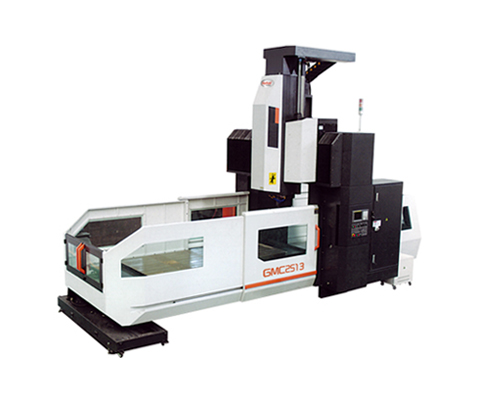the difference between vertical machining center and gantry machining center-九游会体育线上平台
service hotline: 0512-3683 0232
contact number 13405111709
service hotline: 0512-3683 0232
contact number 13405111709
what is the difference between a gantry machining center and a vertical machining center? gantry machining centers and vertical machining centers are common types of machining centers. what are their structural differences? many people don't know much about these two machining centers. today, i will take you to understand the difference between gantry machining center and vertical machining center.
1. what is a gantry machining center
gantry machining center refers to a machining center with the main shaft perpendicular to the worktable. primarily suitable for machining large parts. among them, there are different styles such as fixed beam, moving beam, moving column, bridge five-axis linkage, and high-speed machining. users can make different choices according to the needs of product processing.
gantry machining center has fixed beam type (fixed beam, worktable rotation), mobile beam type (beam moves up and down, worktable moves back and forth), mobile column type (worktable is fixed, gantry structure moves), bridge type (worktable is fixed, there are also many kinds of gantry machining centers of the above composite forms. the machining characteristics, capabilities and products used for machining are not exactly the same.

second, what is a vertical machining center
vertical machining center refers to the machining center with the spindle axis perpendicular to the worktable, which is mainly suitable for processing complex parts such as plates, discs, molds, and small shells. vertical machining centers are capable of milling, boring, drilling, tapping and threading. vertical machining centers have at least three axes and two linkages, and generally can achieve three axes and three linkages. some can control five-axis and six-axis. the vertical machining center column height is limited, and the processing range of the box-shaped workpiece needs to be reduced, which is a defect of the vertical machining center. however, the workpiece of the vertical machining center is convenient for clamping and positioning. the movement trajectory of the tool is easy to observe, the debugging program is easy to check and measure, problems can be found in time, and the machine can be stopped or modified; the cooling conditions are easily established, and the cutting fluid can directly reach the tool and the machining surface; three coordinate axes and cartesian coordinates the lines are coincident, intuitive, and the same as the perspective of the picture. chips are easy to remove and drop, then avoid scratching the machined finish. compared with the corresponding horizontal machining center, the structure is simple, the floor area is small, and the price is lower.
3. what is the difference between a gantry machining center and a vertical machining center?
1. the support structure of the gantry machining center and the vertical machining center is different:
a vertical machining center refers to a machining center whose spindle axis is perpendicular to the worktable. the vertical x axis and y axis are combined together, and the z axis moves up and down on the column, which is suitable for processing small precision molds and parts. the larger li jia is about 4 meters long, and the type can be confirmed according to the detailed object being processed.
gantry machining center refers to a machining center with the main shaft perpendicular to the worktable. the z-axis support structure of the gantry is different, and the y-axis is interspersed between the two columns, which increases the load and processing range of the worktable. 2. gantry machining centers and vertical machining centers have different uses:
gantry machining centers are primarily suitable for machining large parts. vertical machining centers are mainly suitable for processing complex parts such as plates, discs, molds, and small shells. now, however, small gantry machining centers can replace large vertical machining centers. large vertical machining centers are not as convenient as small gantry machining centers in terms of workpiece clamping, and the cost is much higher than that of small gantry machining centers.